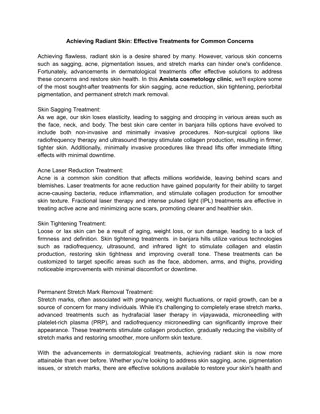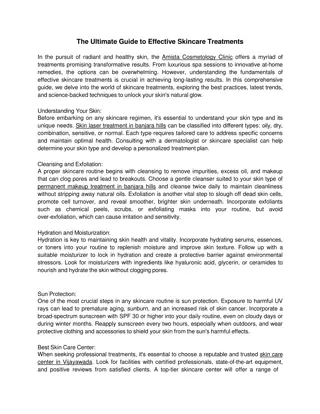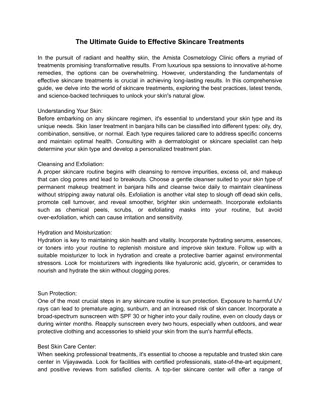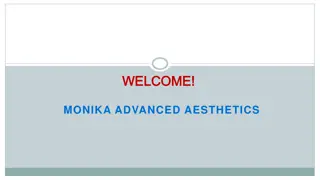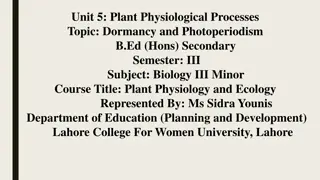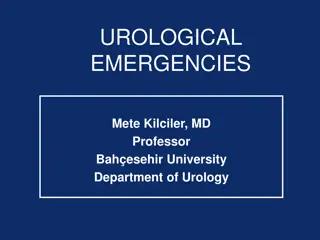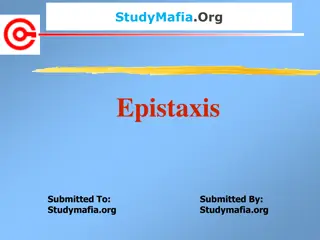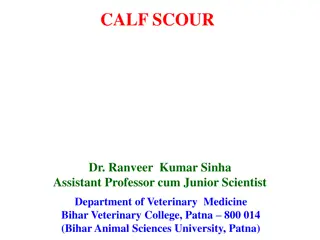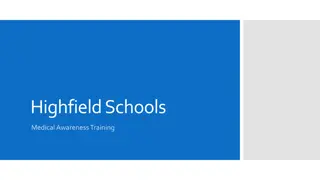Understanding Pica: Symptoms, Causes, and Treatments
Pica is an eating disorder where individuals consume non-food items such as soap, hair, paint, and more. It is more common in children and can be caused by factors like malnourishment and mental health conditions. The disorder has different subgroups based on the substances consumed and can lead to serious health effects if untreated. Treatments involve medical and psychological interventions to address the underlying causes and behaviors associated with Pica.
Download Presentation

Please find below an Image/Link to download the presentation.
The content on the website is provided AS IS for your information and personal use only. It may not be sold, licensed, or shared on other websites without obtaining consent from the author. Download presentation by click this link. If you encounter any issues during the download, it is possible that the publisher has removed the file from their server.
E N D
Presentation Transcript
PICA (PIE-KUH)
WHAT IS PICA? Pica is an eating disorder in which a person eats non-food items. The child needs to have been persistent eating non-food items, over a period of at least one month. Commonly consumed items- soap, hair, paint, glue, feces, earth, soil, sand, clay, ashes, chalk, wood, rice and flour.
TYPES OF PICA Pica has different subgroups, defined by the substance that is consumed. Geophagia- eating earth, soil, sand, clay, ashes and chalk Pagophagia- ice Amylophagia- raw starches such as rice and flour
WHAT CAUSES PICA? Malnourishment, especially iron-deficiency anemia. More common in people with mental health conditions More common in children than adults More common in people with developmental conditions, such as autism or intellectual disabilities.
EFFECTS Parasitic infection- parasites that feed on another organism (body), this can lead to sepsis. Intestinal blockage- an item that is blocking your intestine which stops the digestion of food. Lead poisoning- lead in the body (often from paint), this can cause abdominal pain, constipation, headaches, irritability, memory problems, infertility, and tingling in the hands and feet. If untreated it can result in serious illness or death.
TREATMENTS Conventional medical treatment may be suitable in some situations, such as iron, vitamins etc. Make sure children are up to date with their vaccinations e.g., sepsis Health threats- including high lead levels or intestinal obstruction, may need blood tests or X-rays. These can check for possible lead, anemia, toxins in the blood, and find blockages in the intestines As this is an eating disorder, treatment with counseling, education, and nutritional management is often more successful and more appropriate than treatment with medication Pica behaviour tends to lessen with age, help via counselling and nutritional management will stop the likelihood of this reoccurring
WHO TO TALK TO Doctors can diagnose pica. Needs to be 18 months old or be functioning at this age to get a diagnosis. The child needs to have been persistent eating non-food items, over a period of at least one month. An evaluation by a paediatrician is recommended if the consumption of non- food items continues as this could be a parental concern. Could also talk to Children s Services?
SHORT TERM STRATAGIES Removing the substance from accessible areas. Supervise them. Provide safe alternatives to chew/bite and eat. Distract away from pica and increase engagement in other activities Tell others (school, family, GP, health professionals) about pica. Request support, for example from learning disability/autism or mental health services.
USEFUL RESOURCES Heird, William C. "Food Insecurity, Hunger and Undernutrition." In Nelson Textbook of Pediatrics. 17th ed. Ed. by Richard E. Behrman, et al., Philadelphia: Saunders, 2003, 167-172. Walsh, B. Timothy. "Eating Disorders." In Harrison's Principles of Internal Medicine. 15th ed. Ed. by Eugene Braunwald et al., New York, McGraw Hill, 2001, 486-90. "Children and Eating Disorders." Vanderbilt University. Available online at http://www.vanderbilt.edu/AnS/psychology/health_psychology/childrenandED.html. "Eating Disorder: Pica." eMedicine. Available online at http://www.emedicine.com/ped/topic1798.htm.




